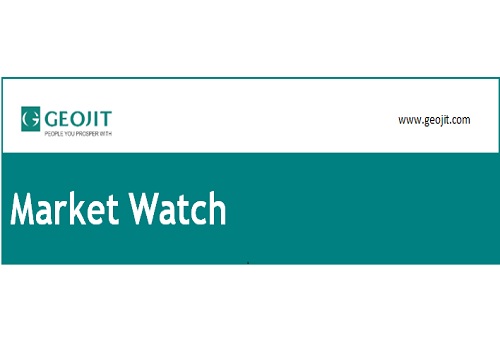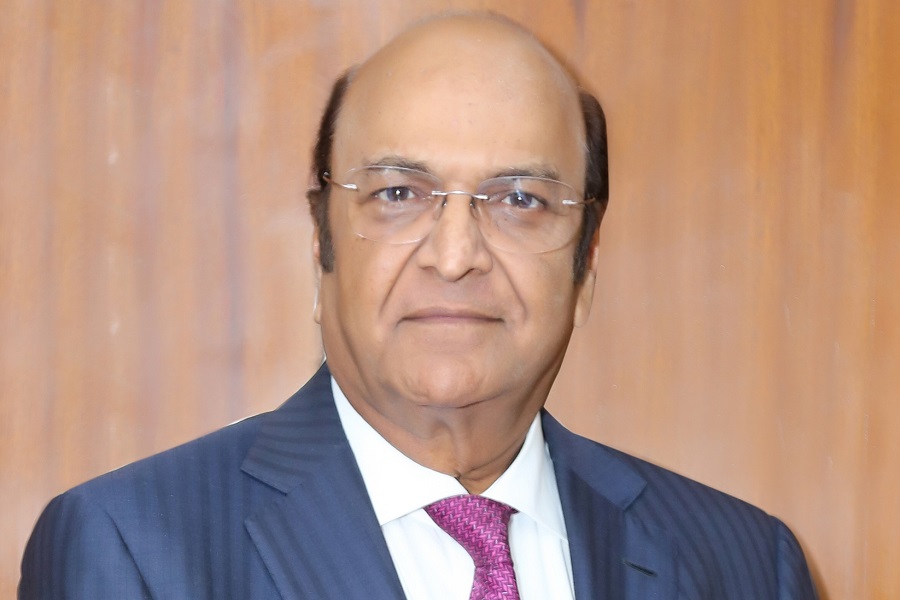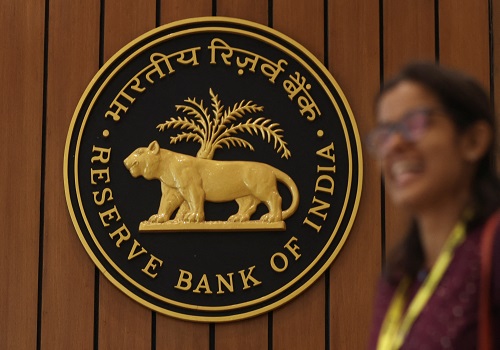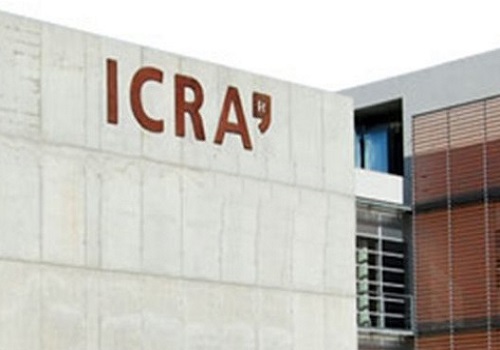Small and Midcap market cap to GDP at its highest levels

Small and Midcap (SMID) stocks have rallied to levels where as a per cent of India's nominal quarterly GDP, they have hit a record.
This level, at 52 per cent currently, is now higher than that seen in the roaring bull market of 2003-07, DSP Mutual Fund said. At 52 per cent, the SMID market cap to GDP (nominal quarterly) is at its highest level ever. The long-term average of this ratio is just 29 per cent.
SMIDs have shown strong earnings growth momentum and high-quality earnings growth. However, the current valuations are stretched. SMIDs are trading north of the 90 percentile of their valuation band. This means they are in an expensive zone, DSP Mutual Fund said.
“Also, market cap to GDP isn’t a remarkably useful indicator. But it can indicate extremities when one segment of the market deviates from their long-term average,” the report said.
Currently, SMIDs Mcap to GDP is at a 79 per cent premium to the long-term average. The median valuation (on a trailing price-to-earnings basis) for the SMID universe peaked at nearly double what it was in the 2007 bull market peak.
“But if history is any guide, when excesses begin to pile up, they can continue in the same direction for an unknown period,” the report said.
“Current SMID valuations offer little comfort. One must be purely ‘bottoms-up’ to find opportunities and avoid excessively priced stocks in this segment,” DSP Mutual Fund said.
2023 was the only year where FII & DII bought close to record amounts of Indian equities, that too in similar amounts.
As per Motilal Oswal Financial Services, DII plus FII flows stood at $50.5 billion in FY24, the highest ever in any financial year. The continued rise in retail participation, along with increasing SIP contributions and the addition of new demat accounts (over 3.6 million accounts per month during October 2023-March 2024) amid the ongoing trend of financialisation of savings, has supported the markets in the face of global volatility.
























